Home>Articles>Building A Deck? Here Are Common Costs And Prices To Consider
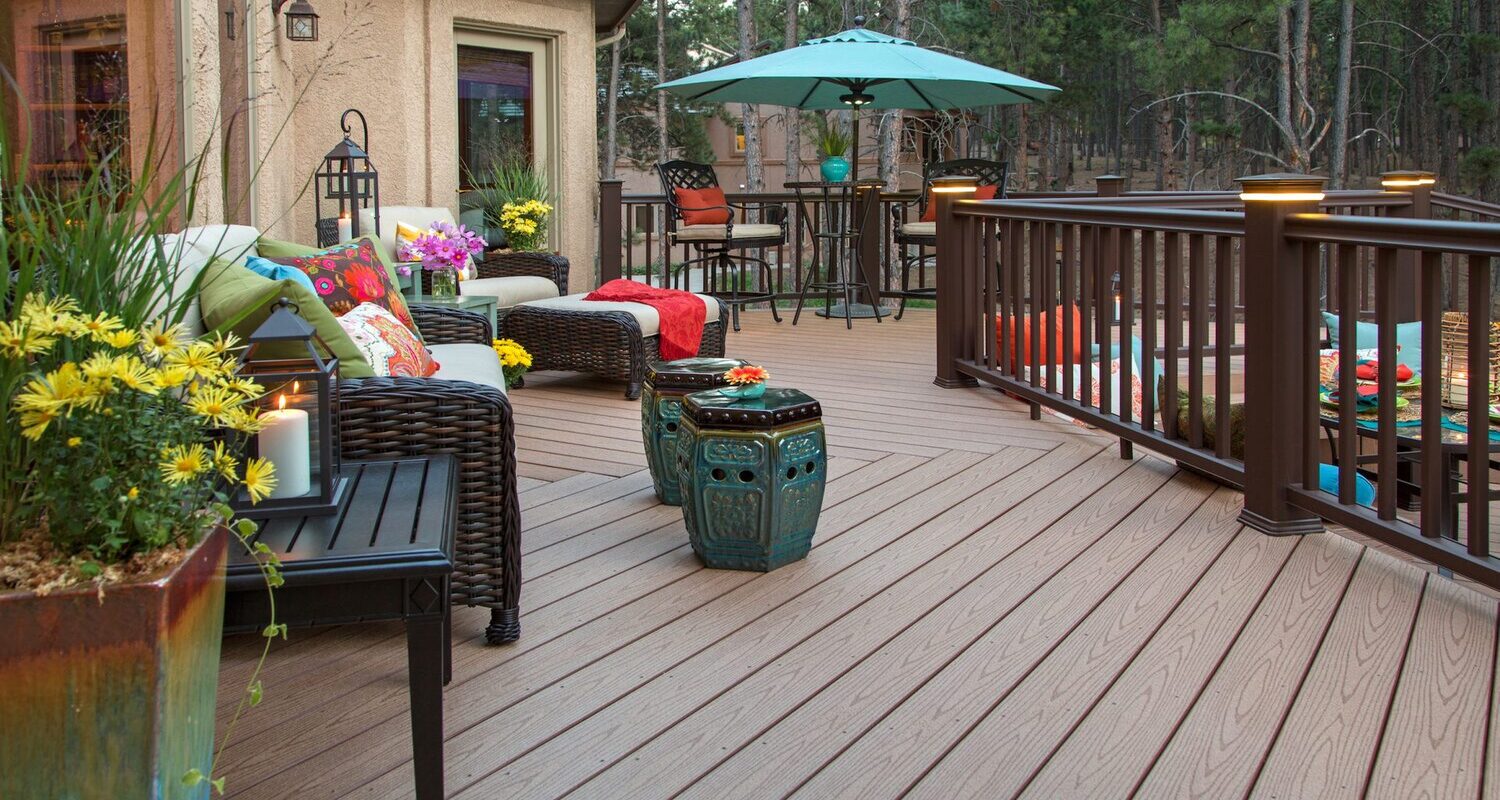

Articles
Building A Deck? Here Are Common Costs And Prices To Consider
Modified: February 28, 2024
Planning on building a deck? Get a clear idea of the common expenses involved with our informative articles on deck costs and prices.
(Many of the links in this article redirect to a specific reviewed product. Your purchase of these products through affiliate links helps to generate commission for Storables.com, at no extra cost. Learn more)
Introduction
Building a deck is a fantastic way to enhance the outdoor living space of your home. It provides a versatile area for entertaining, relaxation, and enjoying the beauty of nature. However, before you embark on your deck-building journey, it is important to understand the costs and prices associated with such a project.
From choosing the right deck material to considering the size and design, there are various factors that can impact the overall cost of building a deck. Additionally, you must also take into account the maintenance and upkeep required to keep your deck looking great for years to come.
In this article, we will guide you through the common costs and prices you should consider when planning to build a deck. By understanding these aspects, you can make informed decisions and create a deck that fits your budget and lifestyle.
Key Takeaways:
- Choose the right deck material based on your budget, maintenance preferences, and climate. Whether it’s classic wood, low-maintenance composite, or durable PVC, make an informed decision to suit your needs and long-term goals.
- Consider all costs involved in building a deck, including materials, labor, permits, and additional expenses. Get multiple quotes to set a realistic budget and ensure the best value for your investment.
Choosing the Right Deck Material
One of the first decisions you’ll need to make when building a deck is selecting the right material. This choice will not only impact the overall look and feel of your deck but also its durability and maintenance requirements. Here are three popular options:
Wood Decking
Wood has long been a go-to choice for decking due to its natural beauty and affordability. Common wood species used for decking include cedar, redwood, and pressure-treated lumber. Wood decking offers a classic, warm aesthetic and can be stained or painted to suit your preferences. However, it does require regular maintenance, including sealing and staining, to protect against rot, splintering, and insect damage.
Composite Decking
Composite decking is a popular alternative to traditional wood decking. It is made from a combination of wood fibers and recycled plastic, offering a low-maintenance option that mimics the appearance of wood. Composite decking is resistant to rot, warping, and insect damage, making it ideal for areas with high moisture or extreme weather conditions. While it may have a higher upfront cost compared to wood, composite decking tends to have a longer lifespan and requires minimal upkeep.
PVC Decking
PVC decking is another low-maintenance decking option that is gaining popularity. It is made entirely of synthetic materials, offering exceptional durability and resistance to moisture, mold, and stains. PVC decking is available in a range of colors and styles, allowing you to customize the look of your deck. Additionally, it does not require staining or sealing, making it a convenient choice for homeowners seeking easy maintenance. However, it can be more expensive than other decking materials.
When choosing the right deck material, consider factors such as your budget, desired maintenance level, and the climate in your area. Each material has its own unique advantages and considerations, so take the time to evaluate which option best suits your needs and preferences.
Deck Size and Design
Once you’ve chosen the material for your deck, the next step is to determine the size and design that will best suit your outdoor space and lifestyle. Here are some considerations when planning your deck size and design:
Determining the Size of Your Deck
The size of your deck will depend on several factors, including the available space, your intended use, and any local building regulations. Start by measuring the area where you plan to build the deck and consider how you want to utilize the space. Will it primarily be for dining and entertaining, or do you envision a larger area for lounging and activities? Taking these factors into account will help you determine the ideal deck size.
Deck Design Options
When it comes to deck design, there are countless options to choose from. You can opt for a simple, rectangular deck that seamlessly blends with the style of your home, or get creative with custom shapes and angles. Consider the architectural style of your home and the surrounding landscape when selecting a design that will complement your outdoor space.
Additionally, think about how you want to utilize different areas of the deck. Incorporating separate zones for dining, lounging, and cooking can enhance the functionality and aesthetics of your deck. Don’t forget to account for any specific features you may want, such as a hot tub or a fire pit, when planning your deck design.
Adding Unique Features
To make your deck truly stand out, consider adding unique features that reflect your personal style and provide additional functionality. This could include built-in benches or seating areas, integrated planters for a touch of greenery, or even a pergola to provide shade and architectural interest. These features not only enhance the overall appeal of your deck but also create a more inviting and enjoyable outdoor space.
When designing your deck, remember the importance of functionality, aesthetics, and compatibility with your lifestyle. Consider consulting with a professional deck builder or designer to help you create a deck that meets your specific needs and preferences.
Deck Foundation and Installation
Building a sturdy and long-lasting deck starts with a solid foundation. The deck foundation supports the weight of the entire structure and ensures its stability. Here are some key considerations regarding deck foundation and installation:
Deck Foundation Types
There are three main types of deck foundations: concrete footings, precast concrete piers, and helical piles. Concrete footings are the most common and involve digging holes below the frost line and pouring concrete to create a stable base. Precast concrete piers are premade and can be quickly installed. Helical piles are screw-like anchors driven into the ground and are suitable for areas with challenging soil conditions.
Hiring a Professional vs. DIY Installation
When it comes to deck installation, you have the option to hire a professional or take on the project as a DIY endeavor. Hiring a professional ensures that the deck is built safely and up to code, with proper knowledge of structural requirements. If you are experienced in construction and have the necessary tools, you may choose to take on the project yourself. However, keep in mind that building a deck is a complex task, and any mistakes can compromise the integrity of the structure.
Common Installation Steps
The installation process of a deck typically involves several key steps. These include:
- Preparing the site: Clearing the area, marking the layout, and ensuring a level surface.
- Installing the ledger board: Attaching the ledger board securely to the house to provide structural support.
- Setting the posts: Placing the deck posts in the ground or on top of concrete footings.
- Installing the beams and joists: Attaching the beams horizontally between the posts, and then attaching the joists vertically to the beams.
- Installing the decking boards: Laying the decking boards perpendicular to the joists and securing them in place.
- Adding stairs and railings: Incorporating stairs if necessary and installing railings for safety.
- Applying finishes: Staining or sealing the deck to protect the wood or applying any desired finishes to composite or PVC decking.
It is essential to follow proper building codes, obtain any necessary permits, and adhere to safety guidelines throughout the installation process.
Remember, a strong and well-built foundation is crucial for the longevity and safety of your deck. If you are unsure about any aspect of the installation process, it is best to consult with a professional to ensure a successful and durable deck construction.
Deck Accessories and Enhancements
To elevate the functionality and aesthetics of your deck, consider incorporating various accessories and enhancements. These additions can enhance safety, provide convenience, and add style to your outdoor space. Here are some popular deck accessories to consider:
Railing Systems
Railing systems are not only essential for safety but also contribute to the overall look and feel of your deck. There are various railing options available, such as wood, metal, glass, or composite materials. Each option offers its unique style and benefits, ranging from traditional to modern designs. Consider the style of your deck and the surrounding environment when choosing the right railing system.
Deck Lighting
Deck lighting adds functional and aesthetic value to your outdoor space. It creates a warm ambiance, extends the usability of your deck into the evening hours, and enhances safety by illuminating walkways and stairs. There are several lighting options to choose from, including post cap lights, step lights, railing lights, and string lights. Select lighting fixtures that complement your deck design and create the desired atmosphere.
Built-in Seating and Storage
Maximize the use of space on your deck by incorporating built-in seating and storage. Built-in benches or seating areas provide additional seating options while also serving as storage solutions. You can integrate hinged seat lids that lift up to reveal ample storage space for cushions, garden tools, and other outdoor items. This not only helps you declutter your deck but also adds functionality and convenience.
Additionally, you can consider other deck accessories such as pergolas for shade, planters for adding greenery, or outdoor kitchens for a complete outdoor living experience. These enhancements can transform your deck into a versatile and inviting space where you can relax, entertain, and make lasting memories.
When selecting deck accessories and enhancements, ensure they are compatible with your deck design, budget, and maintenance requirements. Consult with a professional to ensure proper installation and integration of these features into your deck.
Deck Maintenance and Upkeep
Maintaining your deck is crucial to ensure its longevity, aesthetics, and safety. Regular maintenance and upkeep will help protect your investment and prevent costly repairs down the line. Here are some essential tasks for deck maintenance:
Regular Cleaning and Inspection
Regular cleaning is key to keeping your deck looking its best. Sweep away debris and leaves regularly to prevent buildup. Use a mild detergent and warm water to scrub the surface of the deck and remove any dirt or stains. Periodically, use a power washer on a low setting to deep clean the deck. After cleaning, thoroughly rinse the deck and allow it to dry completely.
In addition to cleaning, it’s important to inspect your deck regularly for any signs of damage. Check for loose or corroded fasteners, rotting wood, loose boards, or any other structural issues. Inspect the railing system and ensure it is secure. Identifying and addressing problems early can help prevent further damage and ensure the safety of your deck.
Staining and Sealing
Wood decks require periodic staining and sealing to protect against moisture, UV damage, and general wear and tear. Staining adds color and enhances the natural beauty of the wood, while sealing creates a protective barrier. Follow the manufacturer’s instructions for the appropriate stain and sealer products and the recommended frequency of application. Be sure to clean the deck thoroughly before applying the stain and sealer to ensure proper adhesion and longevity.
Repairing Damages
Inevitably, over time, your deck may experience some wear and tear or minor damages. Promptly address these issues to prevent further deterioration. Replace any rotten or damaged boards, tighten loose screws or nails, and realign any misaligned deck parts. If the damage is significant or you are uncertain about the repairs, it’s best to consult with a professional to ensure proper and safe repairs.
Regular maintenance and upkeep will not only extend the lifespan of your deck but also keep it looking beautiful and safe for use. Make a habit of performing routine cleaning, inspection, and maintenance tasks to preserve the integrity and value of your outdoor space.
Common Costs and Prices to Consider
When planning to build a deck, it is essential to consider the various costs involved. Understanding these expenses will help you budget effectively and avoid surprises along the way. Here are some common costs and prices to consider:
Deck Material Costs
The cost of deck materials can vary significantly depending on the type and quality of material you choose. Wood decking tends to be the most affordable option, with prices varying based on the type of wood species. Composite and PVC decking typically have higher upfront costs but require less maintenance over time. Compare prices from different suppliers and consider durability, aesthetics, and maintenance requirements to determine the best material for your budget.
Labor Costs
The cost of labor to build a deck will depend on factors such as the size and complexity of the project, local labor rates, and whether you hire a professional or do it yourself. Hiring a professional deck builder will ensure that the project is completed efficiently and up to code, but it can increase the overall cost. If you decide to tackle the project yourself, be aware of the time and effort required, especially for larger or more complex designs.
Permitting and Inspection Fees
Before starting your deck construction, you may need to obtain permits from your local building authority. Permitting fees vary depending on your location and the size of the deck. Additionally, there may be inspection fees associated with ensuring that your deck meets building codes and safety standards. Contact your local building department to determine the specific requirements and associated costs.
Read more: How Much Does It Cost To Build A Porch Deck
Additional Expenses
There are several additional expenses to consider when budgeting for your deck. These may include the cost of tools and equipment needed for installation, such as saws, drills, and measuring devices. You may also need to purchase items like nails, screws, and hardware for attaching the decking materials. Consider any desired deck accessories, such as lighting fixtures, furniture, or outdoor amenities, which can add to the overall cost. Finally, factor in any landscaping or site preparation costs if needed.
It is important to have a clear understanding of the costs involved in building a deck to set a realistic budget. Consider getting multiple quotes from different contractors or suppliers to compare prices and ensure you are getting the best value for your investment.
Conclusion
Building a deck can be a fulfilling and rewarding project that adds value and enjoyment to your home. However, it is crucial to carefully consider the costs and prices associated with deck construction to ensure a successful and satisfactory outcome.
Start by choosing the right deck material that suits your budget, lifestyle, and maintenance preferences. Whether you opt for the classic beauty of wood decking, the low-maintenance convenience of composite or PVC decking, or another material altogether, make an informed decision based on your needs and long-term goals.
When it comes to deck size and design, take into account the available space, your intended use, and any local building regulations. A well-planned deck design that incorporates unique features and complements the style of your home and outdoor space will enhance both the functionality and aesthetics of your deck.
Remember to carefully consider the deck foundation and installation process. A solid foundation, whether it be concrete footings, precast concrete piers, or helical piles, is essential for the stability and longevity of your deck. Depending on your skill level and comfort, you may choose to hire a professional to ensure proper installation or embark on a DIY project with caution.
To take your deck to the next level, consider incorporating accessories and enhancements such as railing systems, deck lighting, and built-in seating and storage. These features add both style and functionality, creating a more inviting and enjoyable outdoor space.
Maintaining your deck is vital to ensure its longevity and beauty. Regular cleaning, inspection, staining, sealing, and prompt repairs are necessary to protect your investment and keep your deck in optimal condition throughout the years.
Finally, be aware of the common costs and prices associated with deck construction. From deck material costs and labor expenses to permitting fees and additional expenses, having a comprehensive understanding of these financial considerations will help you develop a realistic budget for your project.
In conclusion, building a deck requires careful consideration of various factors, including materials, design, installation, maintenance, and costs. By taking the time to plan and make informed decisions, you can create a deck that not only meets your needs and preferences but also provides a beautiful and functional outdoor space that you can enjoy for years to come.
Frequently Asked Questions about Building A Deck? Here Are Common Costs And Prices To Consider
Was this page helpful?
At Storables.com, we guarantee accurate and reliable information. Our content, validated by Expert Board Contributors, is crafted following stringent Editorial Policies. We're committed to providing you with well-researched, expert-backed insights for all your informational needs.
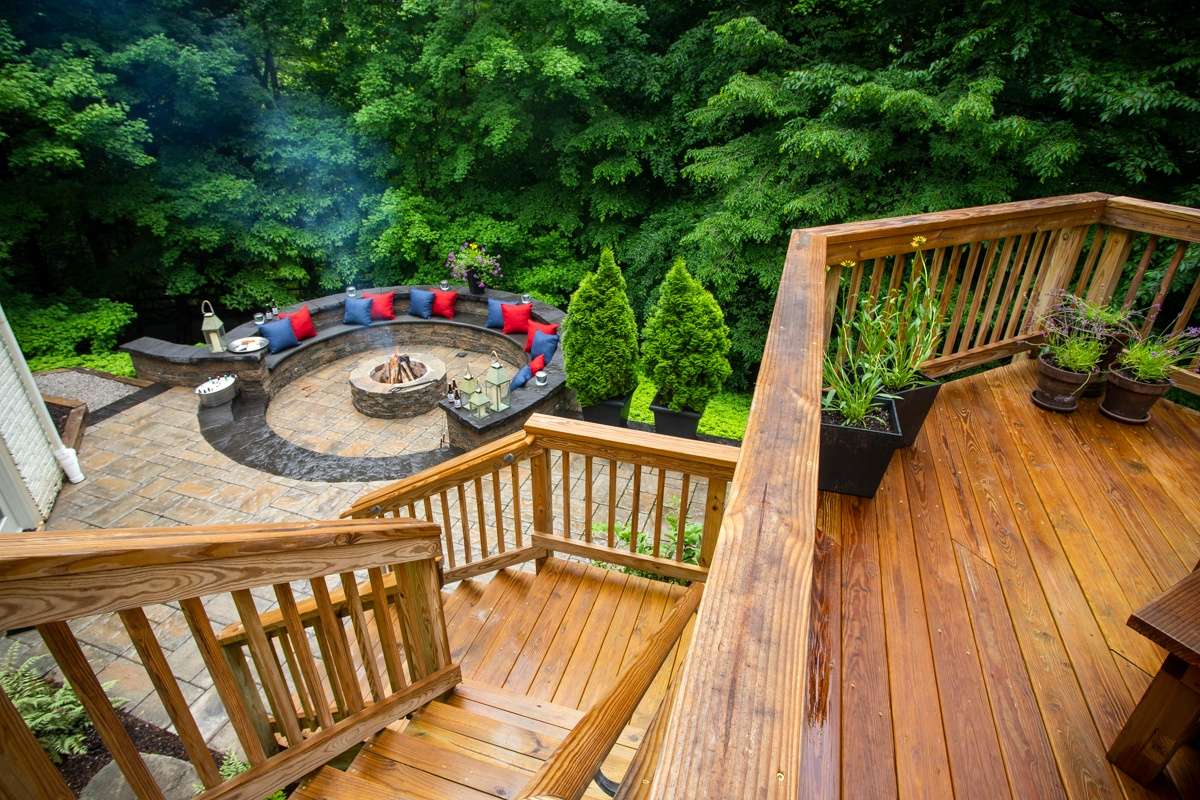

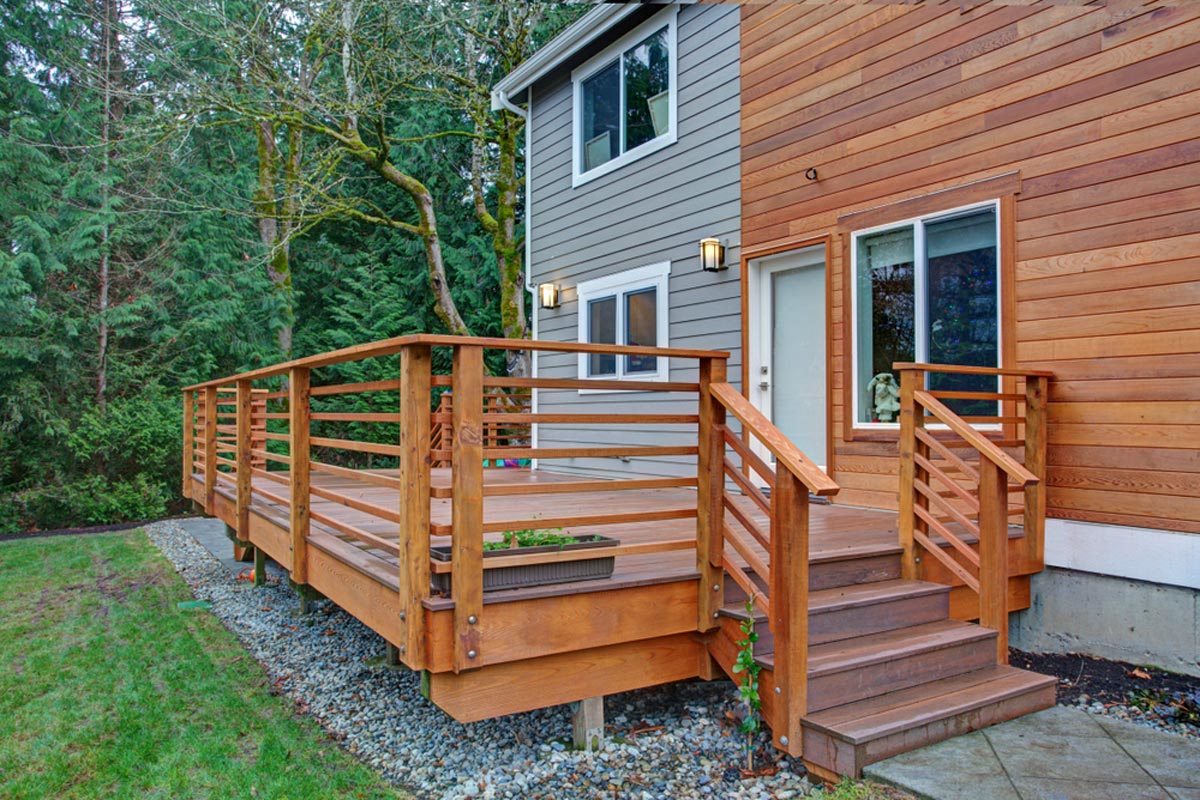
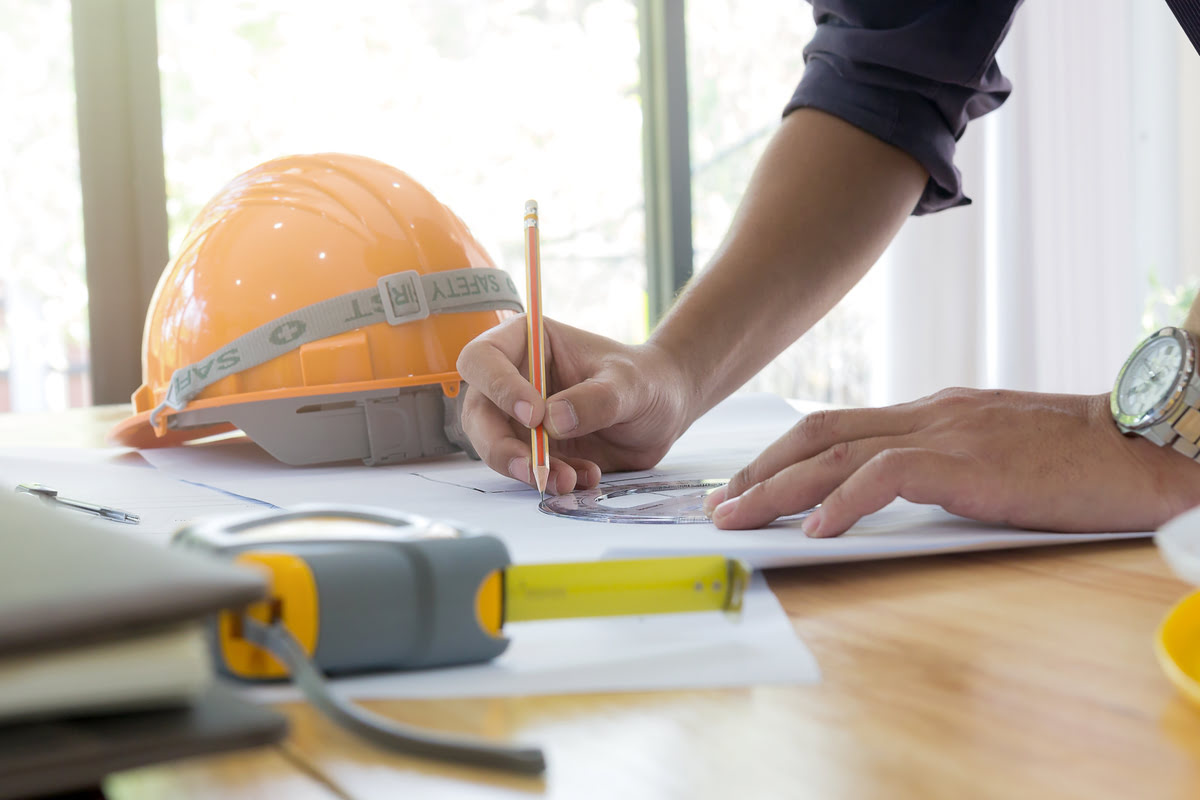
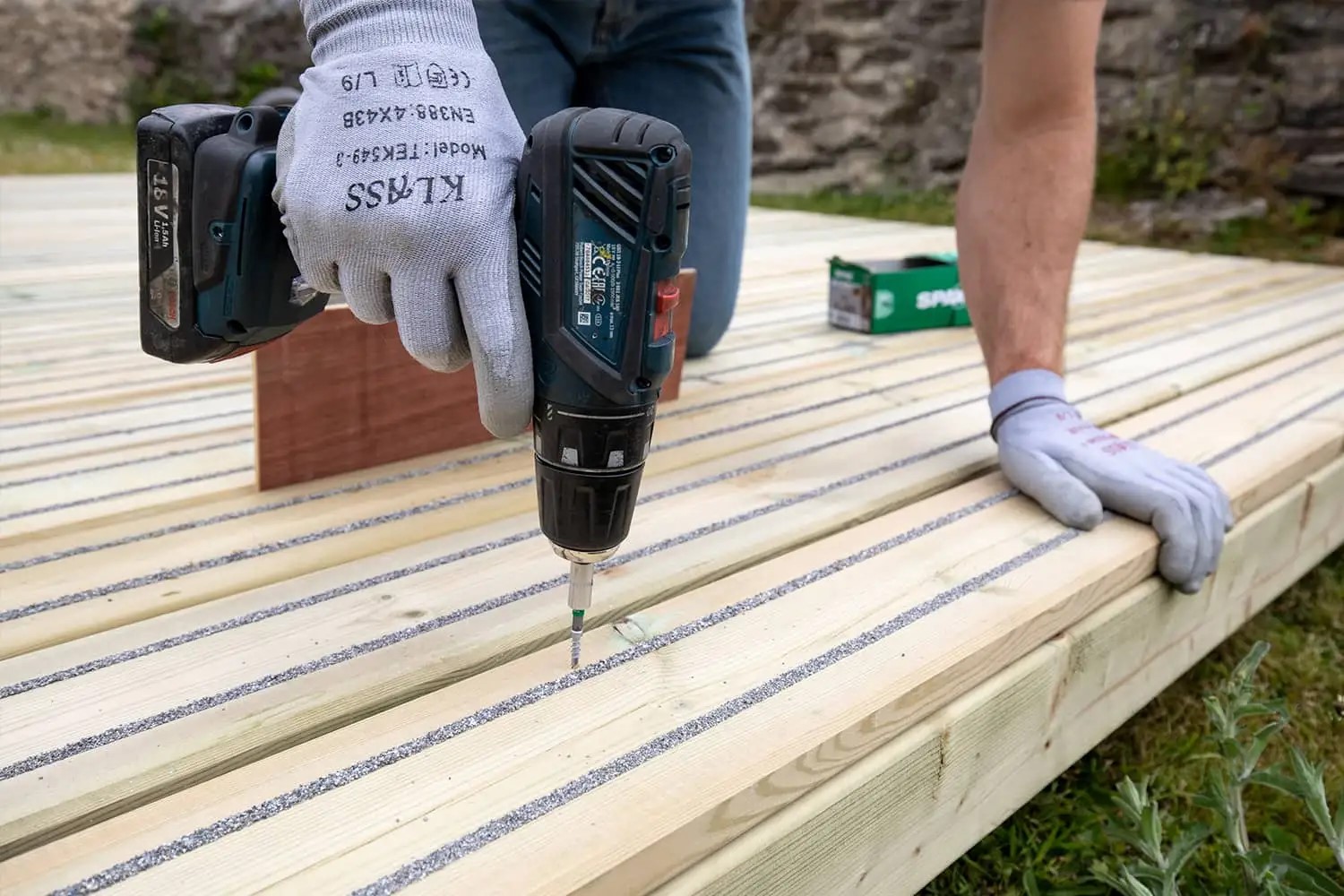
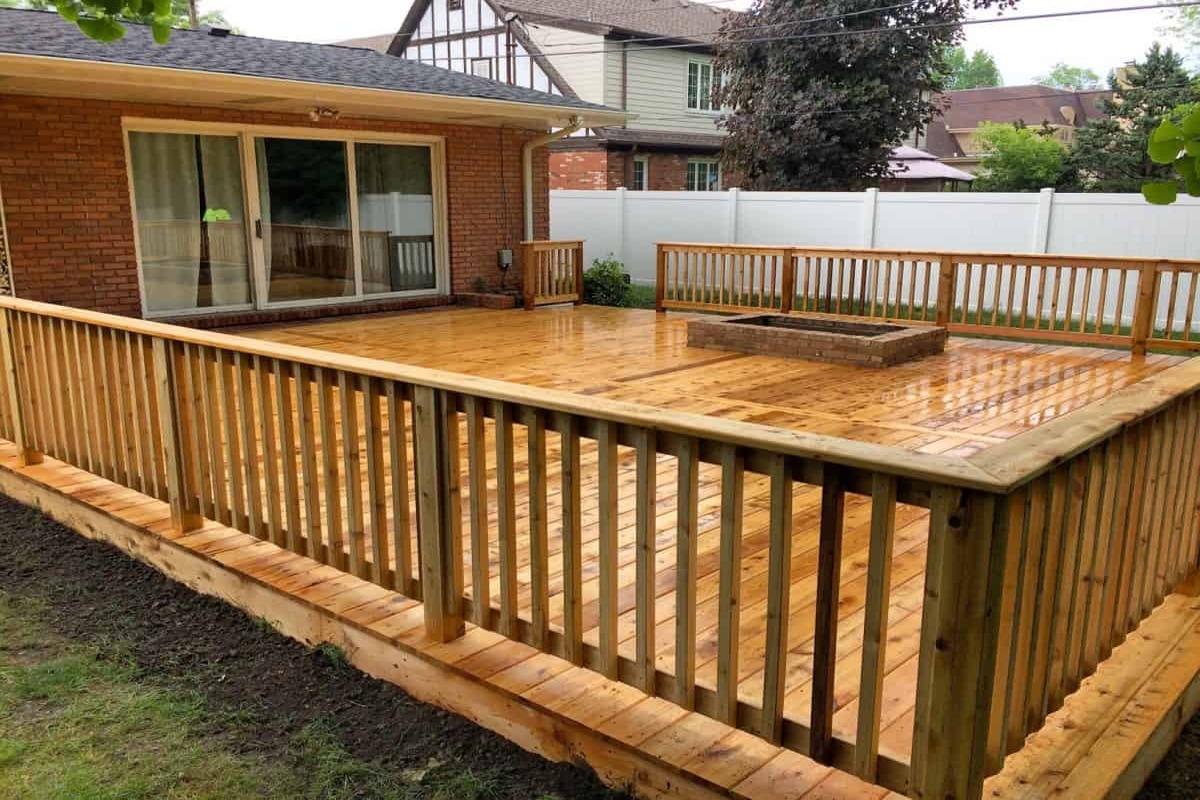
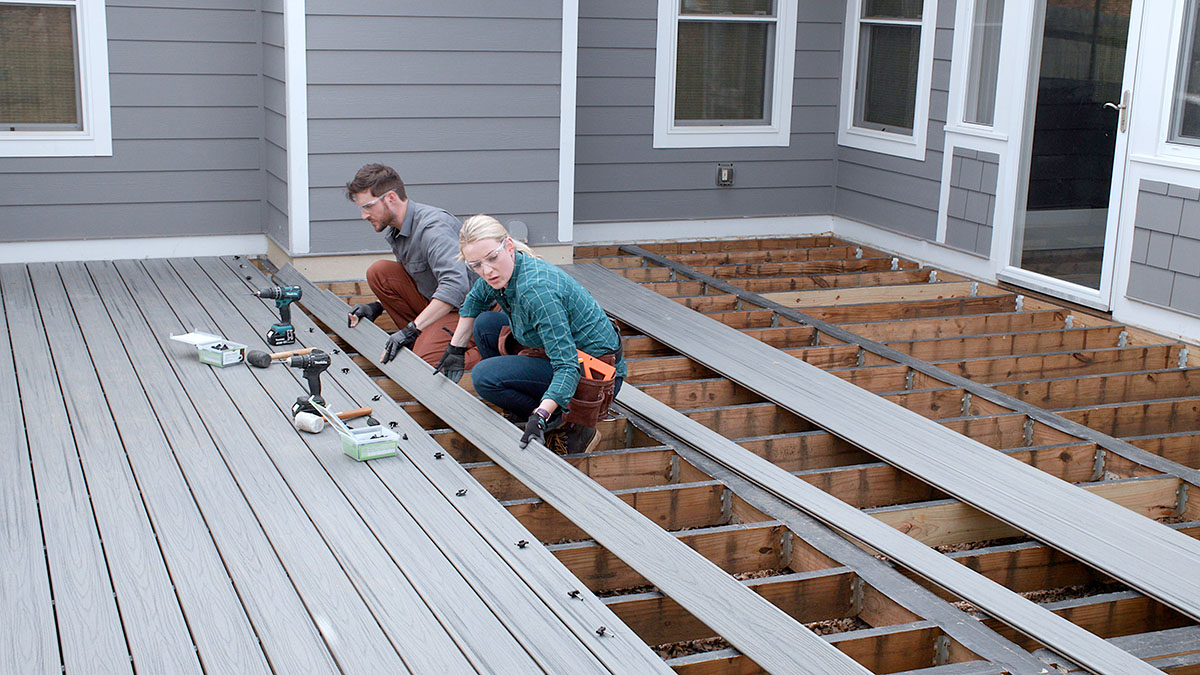
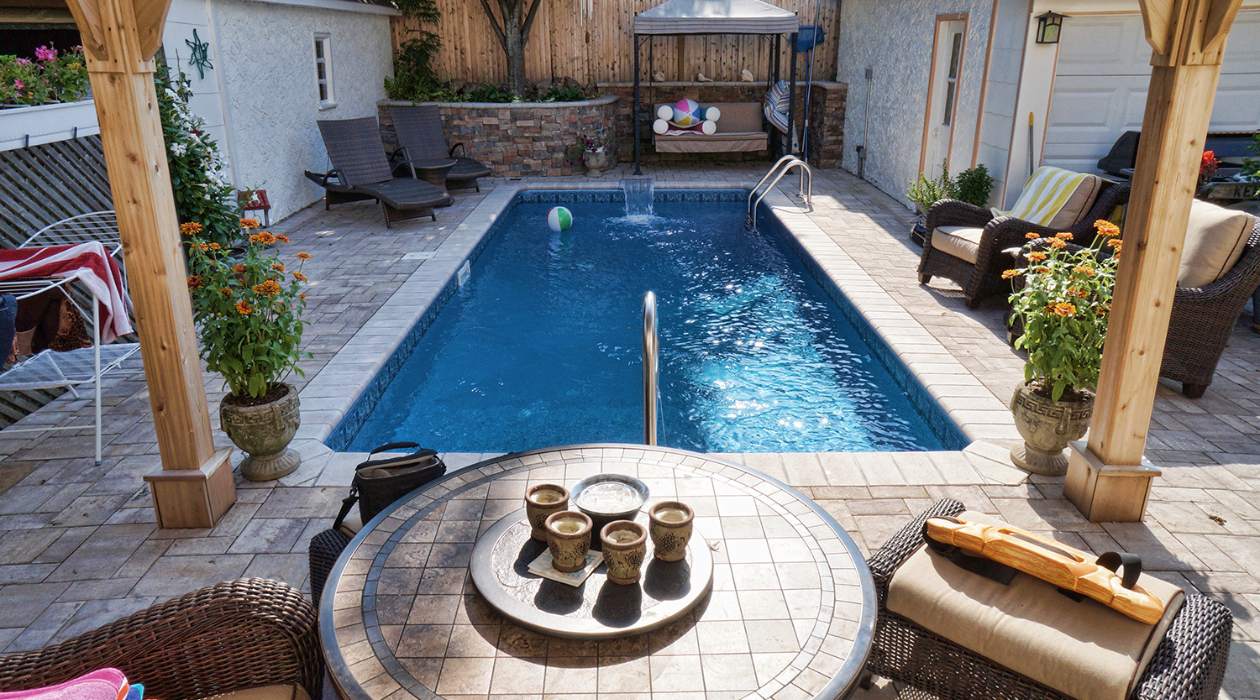
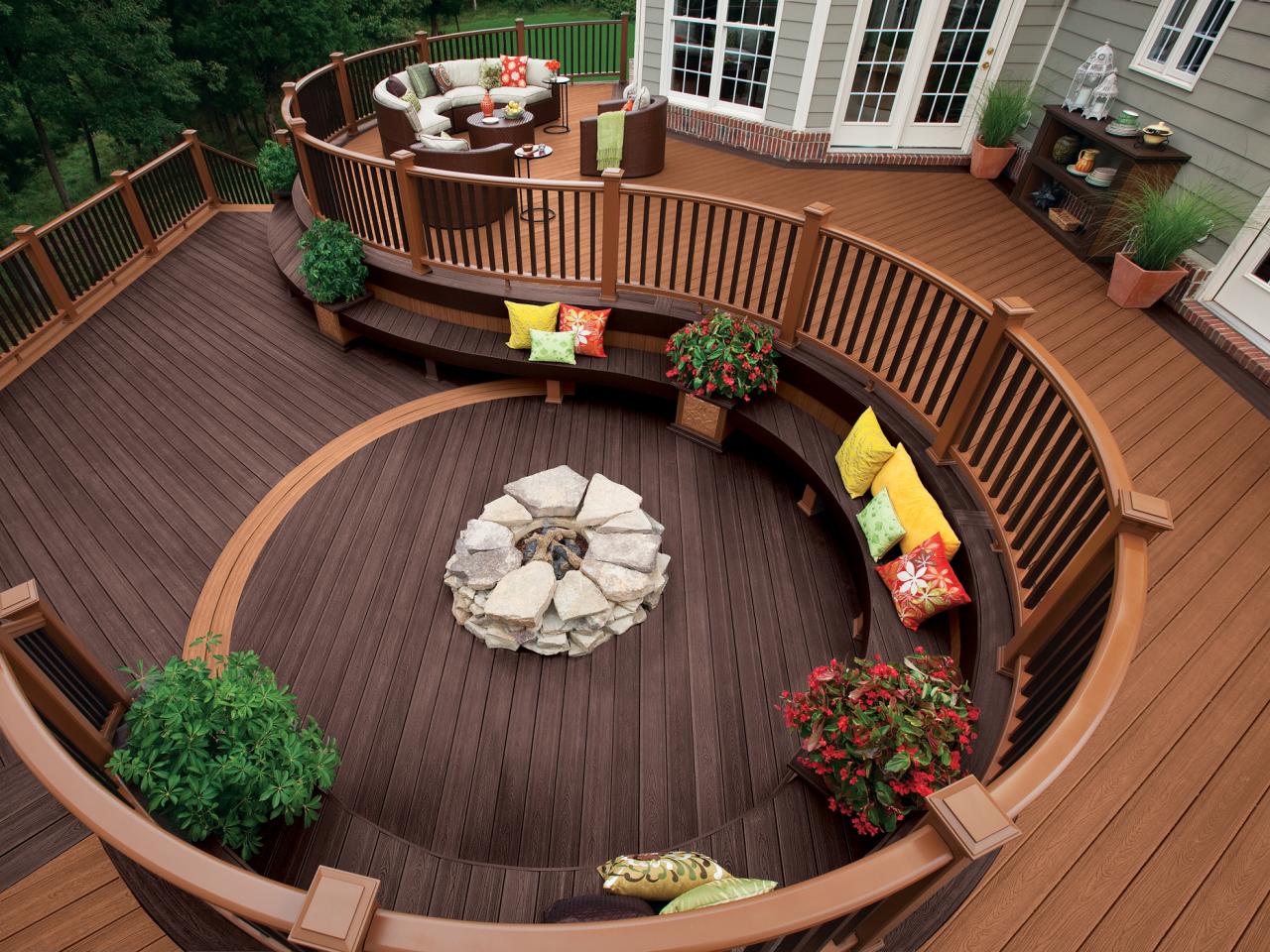

0 thoughts on “Building A Deck? Here Are Common Costs And Prices To Consider”